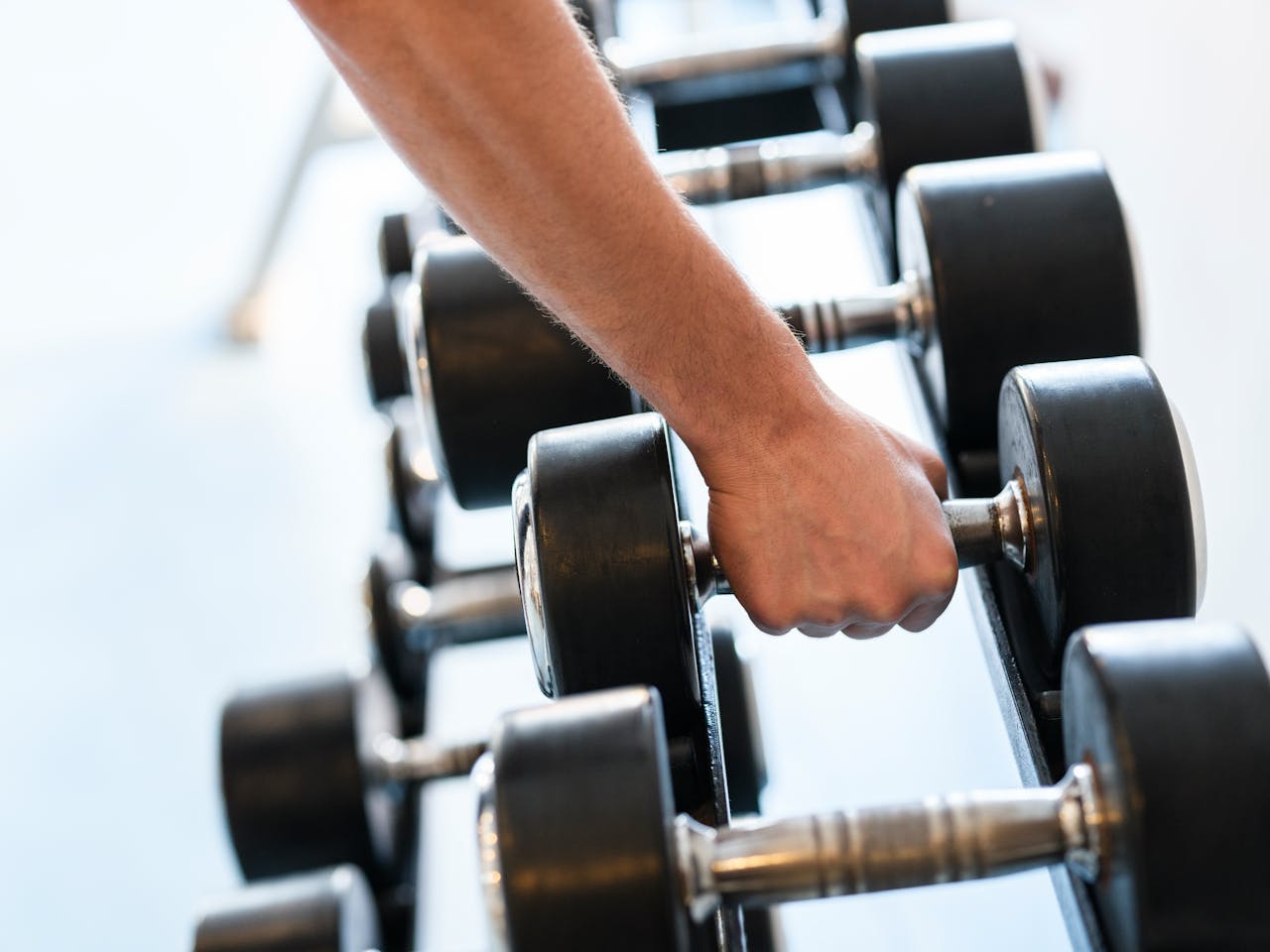Write Us: hello@ali5.org
AI Fitness Coaches Reviewed – Better Than Real Trainers?
Are AI fitness coaches better than real trainers in 2025? Explore how AI workout apps compare in personalization, results, motivation, and cost to traditional fitness coaching.

Let’s be honest, working out isn’t just about dumbbells and discipline anymore. It’s about data. Reps, heart rate, sleep cycles, recovery time… The fitness world has gone full tech-mode. And leading the charge? AI fitness coaches.
These apps and digital trainers promise personalized workouts, real-time feedback, and round-the-clock motivation, all without ever judging your form in front of a room full of sweaty strangers. But here’s the big question: can an AI coach actually replace a human trainer?
Let’s break it down, what they get right, where they fall flat, and whether one is really better than the other.
What Exactly Is an AI Fitness Coach?
First, we’re not talking about a simple workout timer or a YouTube video. AI fitness coaches like Freeletics, Fitbod, Future, Vi Trainer, or Whoop Coach use machine learning and real-time data to generate workouts tailored to your body, goals, and performance.
You input your fitness level, injuries, available equipment, and goals. The AI then creates a plan, adapts based on your feedback, and sometimes even tracks your form via sensors or video. It can learn what’s too hard, what’s too easy, and adjust on the fly.
Think of it as a trainer that’s always watching, without actually watching you.
What AI Fitness Coaches Do Well
1. Personalization at Scale
Human trainers usually need a session or two to understand your limits. AI, on the other hand, can crunch data from thousands of similar users to tailor your plan immediately. Apps like Fitbod adjust weight and reps every workout based on your previous performance.
2. 24/7 Availability
Got a random urge to work out at 11 p.m.? Your AI coach is ready. No scheduling, no rescheduling, no guilt about canceling last-minute.
3. Affordability
A certified personal trainer can cost anywhere from $40 to $100 per session. An AI fitness app? Maybe $10 to $30 per month, some are even free.
4. Progress Tracking
The data obsession pays off. These apps don’t just tell you what to do, they show you your growth over time. You’ll see trends in strength, stamina, or recovery that might be hard to notice on your own.
5. No Judgement Zone
Let’s face it, working out in front of someone can be intimidating, especially if you’re just starting out. An AI doesn’t care if you’re out of breath in the warm-up or if you skip a rep. For a lot of people, that psychological comfort makes consistency easier.
Where AI Still Falls Short
1. Lack of Human Intuition
AI is smart, but it’s not empathetic. It can’t see your posture, hear your tone, or notice that you’re sleep-deprived and shouldn’t be deadlifting today. A real trainer can.
2. Motivation Feels… Robotic
Some AI apps try to “motivate” with push notifications or pre-recorded pep talks. It’s not the same as someone saying, “You’ve got this” at just the right time when your legs are shaking.
3. Injury Risk
Without in-person feedback, beginners might be doing moves incorrectly. Form correction is a huge part of preventing injury, something most AI tools aren’t yet great at unless paired with wearables or camera-based systems.
4. No Adaptation to Mood or Context
Let’s say you’re sore, stressed, or just mentally drained. A human coach might shift your session to something lighter or restorative. AI might still push you to hit today’s “goals,” whether or not that’s smart.
When AI Coaches Might Be Better
Now here’s where it gets interesting. In some situations, AI might actually outperform human trainers:
-
Consistency: AI doesn’t cancel. It doesn’t take holidays or oversleep.
-
Customization: For people with niche goals, say, marathon training with minimal equipment, it can pull from a wide pool of knowledge and adjust instantly.
-
Data-Driven Users: If you’re into metrics, charts, and gamifying your health, AI can deliver more insights than most humans ever could.
-
Budget Constraints: Let’s be real. Not everyone can afford $300/month for personal training.
When a Human Trainer Wins, Hands Down
There are scenarios where a real coach is non-negotiable:
-
Rehabilitation or Injury Recovery: You need a trained eye, not just a recommendation engine.
-
Beginners with Zero Experience: Learning proper form and movement patterns in-person helps prevent long-term issues.
-
Emotional Support: Some people work harder because they don’t want to let their coach down. That accountability is harder to fake with a screen.
-
Athletes or High-Level Goals: Competitive athletes often need nuanced strategies, drills, and adaptations a general AI model can’t offer (yet).
The Hybrid Sweet Spot: AI + Human Touch
More companies are blending the two worlds. For example, Future assigns you a real trainer, but workouts are delivered via app. You get messages and check-ins, but the plan still adjusts using AI smarts. This gives you the best of both, data and empathy.
Wearables like Whoop or Oura Ring are also being integrated into coaching platforms. They track recovery, sleep, strain, and suggest adjustments, then a human coach helps you interpret and act on them.
So, we’re not looking at an either-or future. We’re heading toward a combo: AI that does the heavy lifting in planning and tracking, and humans who guide, motivate, and personalize beyond the numbers.
So, Which One Should You Choose?
Here’s a quick cheat sheet:
| Choose AI Coach If You Want… | Stick with a Human Trainer If You Need… |
|---|---|
| Affordable, flexible plans | Help with injuries or health concerns |
| Workout anytime, anywhere | Accountability through real human connection |
| Data-driven feedback and detailed progress logs | Personalized coaching based on your energy or mindset |
| Motivation without social pressure | Someone to teach proper form and challenge you in person |
If you’re someone who thrives on independence and consistency, AI might actually be enough. But if your goals are complex, or you need emotional accountability, there’s no shame in investing in real guidance.
Final Thoughts
AI fitness coaches are not here to kill off personal trainers. They’re here to fill the gaps, make fitness more accessible, more affordable, and more consistent. They’re great tools. But they’re still tools.
The real secret? Use what keeps you moving. If that’s an AI telling you to squat, go for it. If it’s a trainer yelling encouragement mid-burpee, even better.
Fitness isn’t one-size-fits-all, and now, thanks to tech, it doesn’t have to be.







